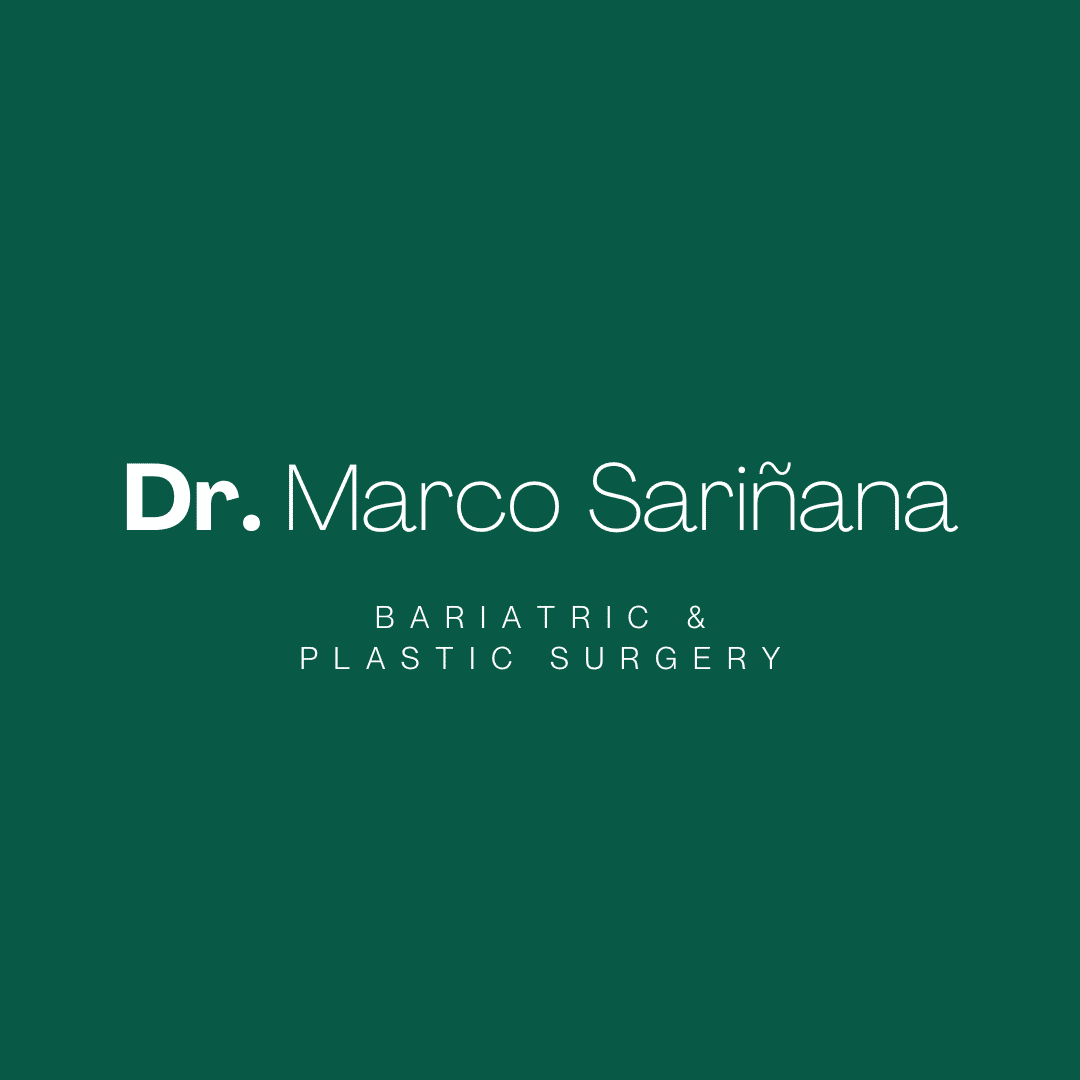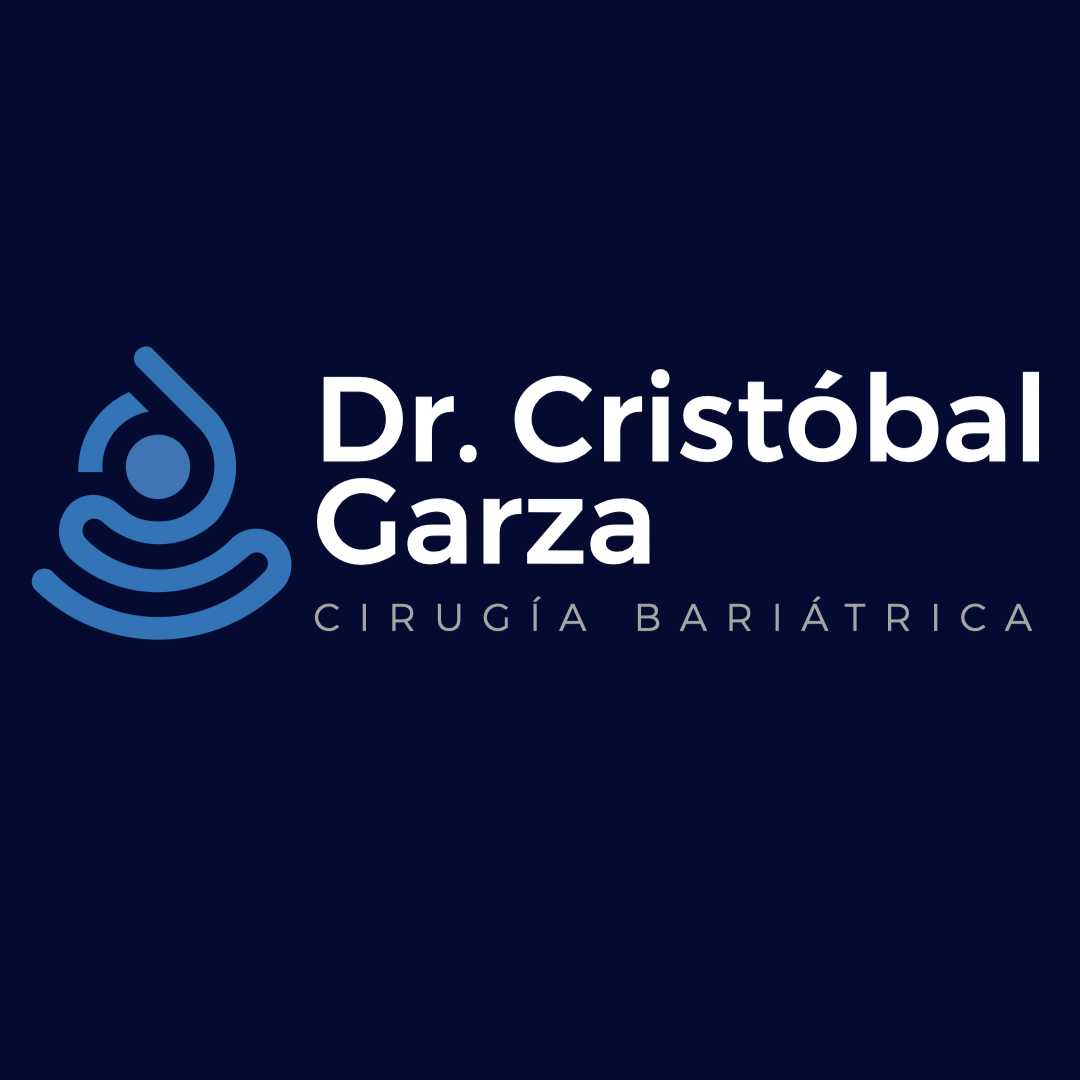
Obesity is a significant global health concern, leading many individuals to seek effective surgical solutions. Tijuana, Mexico, has emerged as a premier destination for obesity surgery, offering advanced procedures like gastric sleeve surgery at affordable prices. This article explores the benefits of choosing Tijuana for your bariatric surgery, details about the gastric sleeve procedure, associated costs, and highlights top surgeons in the region.
Why Choose Tijuana for Obesity Surgery?
Tijuana has become a hub for medical tourism, particularly for bariatric procedures. Here are compelling reasons to consider Tijuana for your surgery:
-
Affordability: The cost of obesity surgery in Tijuana is significantly lower than in the United States, making it accessible to a broader range of patients.
-
Experienced Surgeons: Many bariatric surgeons in Tijuana are board-certified and have extensive experience in performing weight loss surgeries.
-
State-of-the-Art Facilities: Hospitals and clinics in Tijuana are equipped with modern medical technologies and adhere to international standards.
-
Proximity to the U.S.: Located just south of California, Tijuana is easily accessible for patients traveling from the United States.
Understanding Gastric Sleeve Surgery
Gastric sleeve surgery, also known as sleeve gastrectomy, is a popular bariatric procedure that involves removing a portion of the stomach to reduce its size. This results in decreased food intake and promotes significant weight loss.
Procedure Highlights:
-
Stomach Reduction: Approximately 75-85% of the stomach is removed, leaving a sleeve-shaped stomach.
-
Hormonal Impact: The surgery reduces the production of ghrelin, the hormone responsible for hunger, aiding in appetite suppression.
-
Minimally Invasive: The procedure is typically performed laparoscopically, resulting in smaller incisions and faster recovery times.
Cost of Gastric Sleeve Surgery in Tijuana
One of the most attractive aspects of undergoing gastric sleeve surgery in Tijuana is the cost savings. Below is a comparison of average costs:
| Procedure | Cost in Tijuana | Cost in the U.S. |
|---|---|---|
| Gastric Sleeve | $4,200 - $6,000 | $18,000 - $19,500 |
| Gastric Bypass | $6,000 - $10,000 | $25,000 - $30,000 |
Note: Prices are approximate and may vary based on the clinic and surgeon.
These cost-effective options do not compromise the quality of care, as Tijuana boasts highly qualified surgeons and modern medical facilities.
Leading Bariatric Surgeon in Tijuana
Choosing the right surgeon is crucial for a successful outcome. One of the most renowned and trusted bariatric surgeons in Tijuana is:
Dr. Jorge Maytorena
- Experience: Over 15 years in obesity and bariatric surgery.
- Specialties: Gastric sleeve, gastric bypass, and revision surgeries.
- Clinic: Leads the Obesity Bariatric Surgery Center in Tijuana.
- Patient Focus: Committed to safe, effective, and long-lasting weight loss solutions.
- Accreditations: Recognized for excellence in bariatric procedures, providing personalized treatment plans to ensure optimal results.
Dr. Maytorena has helped thousands of international patients regain their health through successful weight loss procedures. His expertise in minimally invasive techniques ensures faster recovery times and improved patient safety.
For those considering bariatric surgery in Tijuana, Dr. Jorge Maytorena is a trusted choice with a strong track record of patient satisfaction.
Comprehensive Care and Support
Tijuana's bariatric centers provide holistic support to ensure patient success:
-
Pre-Operative Consultation: Thorough evaluations and personalized surgical plans.
-
Post-Operative Care: Nutritional counseling and follow-up appointments to monitor progress.
-
Patient Education: Resources and support groups to help patients adjust to lifestyle changes.
Frequently Asked Questions (FAQs)
1. Is obesity surgery in Tijuana safe?
Yes, many clinics in Tijuana adhere to international medical standards, employing experienced and board-certified surgeons.
2. How long is the recovery period for gastric sleeve surgery?
Most patients can return to normal activities within 2-3 weeks, with full recovery taking up to 6-8 weeks.
3. What is included in the surgery cost?
Packages often include the surgeon's fees, hospital stay, pre-operative tests, post-operative care, and sometimes accommodation and transportation.
4. Will I need to follow a special diet after surgery?
Yes, patients typically follow a phased diet plan, starting with liquids and gradually introducing solid foods, under the guidance of a nutritionist.
5. Are there financing options available for international patients?
Many clinics offer financing plans or can assist in arranging medical loans to make the procedure more affordable.
6. How do I choose the right surgeon in Tijuana?
Research credentials, experience, patient reviews, and ensure the surgeon is board-certified in bariatric surgery.
7. Is it necessary to stay in Tijuana after the surgery?
A short stay is typically required for monitoring; your surgeon will provide a specific timeline based on your procedure.
8. Can I travel alone for the surgery?
While some patients do, it's advisable to have a companion for support during the initial recovery period.
9. What if I experience complications after returning home?
Maintain communication with your Tijuana surgical team; many offer remote support and can coordinate with local healthcare providers.
10. How much weight can I expect to lose after gastric sleeve surgery?
On average, patients lose about 60-70% of their excess weight within the first year post-surgery.
Start Your Weight Loss Journey Today
Choosing the right place for bariatric surgery is a crucial step toward achieving a healthier and more fulfilling life. Tijuana, Mexico, offers world-class obesity surgery options, skilled bariatric surgeons, and cost-effective treatment plans that make weight loss surgery more accessible than ever.
Don't let obesity control your life—take the first step toward lasting weight loss today. Explore your options for gastric sleeve, gastric bypass, or other bariatric procedures with experienced professionals in Tijuana.
Contact a trusted bariatric specialist today and begin your journey to a healthier, happier you!


.png)




.png)

.png)






Share this listing